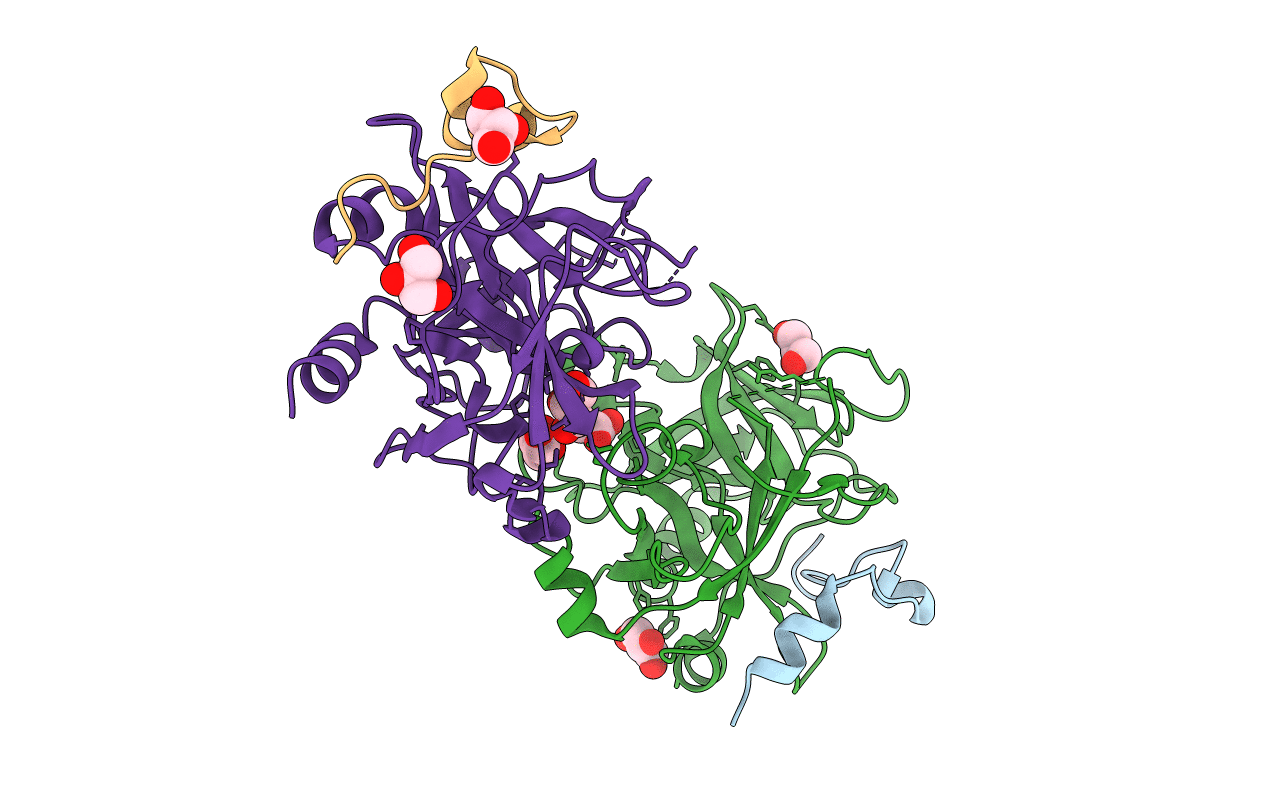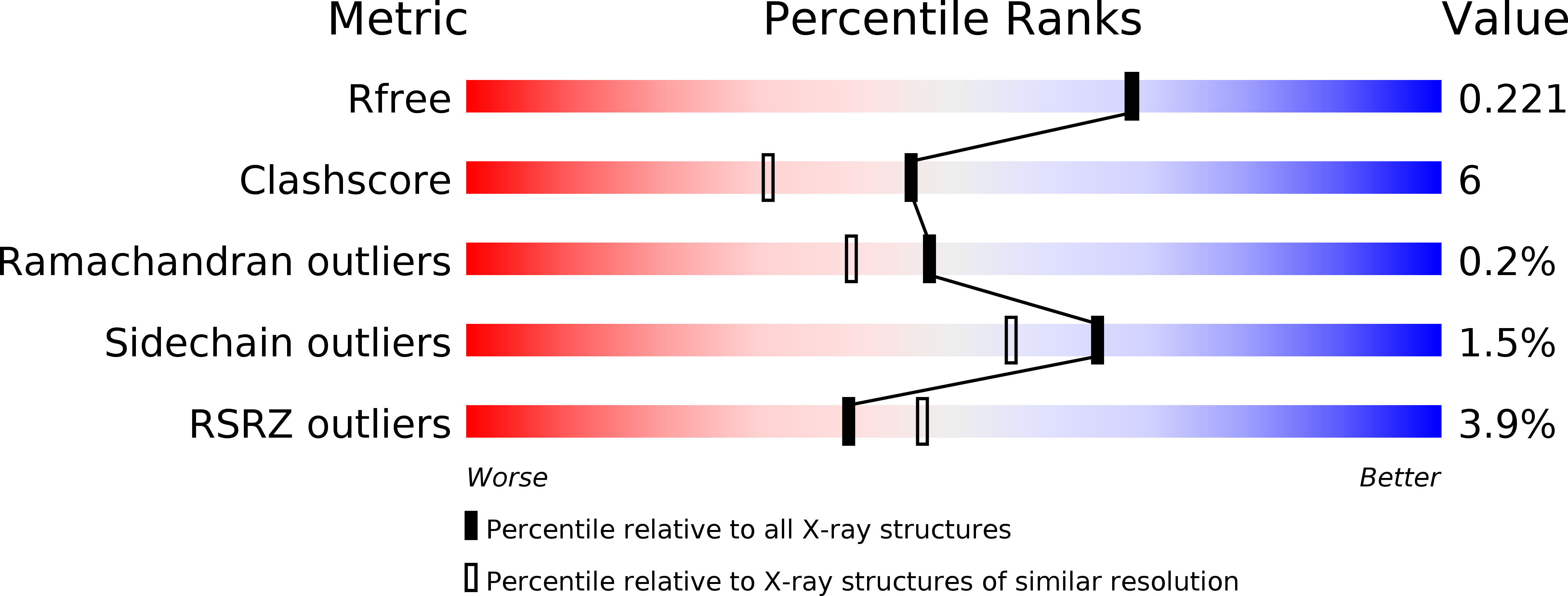
Deposition Date
2005-07-26
Release Date
2005-11-15
Last Version Date
2024-10-16
Entry Detail
PDB ID:
2AFQ
Keywords:
Title:
1.9 angstrom crystal structure of wild-type human thrombin in the sodium free state
Biological Source:
Source Organism:
Homo sapiens (Taxon ID: 9606)
Host Organism:
Method Details:
Experimental Method:
Resolution:
1.93 Å
R-Value Free:
0.22
R-Value Work:
0.19
R-Value Observed:
0.19
Space Group:
P 21 21 2


